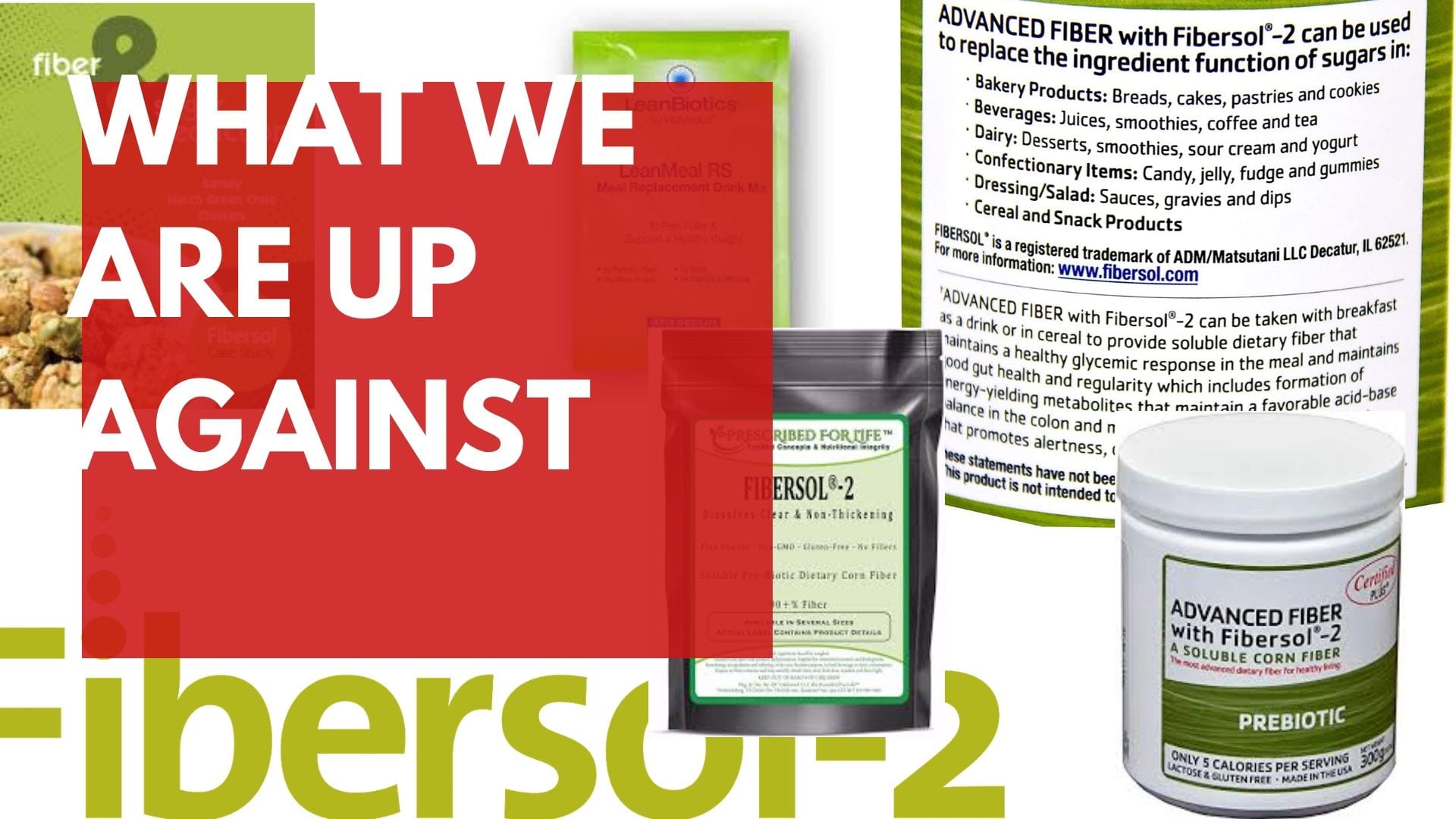
22 Nov What we are up against – Part 1
Let’s start today with a grounding idea: we are fortunate enough to live in an age in which we can actually think about how to optimize our personal nutrition. When I was growing up, everyday I saw people in the streets who did not have enough food–I don’t mean they didn’t have high quality food, they didn’t have any kind of food. Luckily things have changed in most parts of the world. And to be sure, if you are reading this you are just trying to improve your health by tweaking your nutrition. This is a privilege of our times: the great access we have to food, to nutritional information, and to sophisticated metrics.
In big part we owe this to the industrialization of foods. We have technologies to make food last longer, to grow our crops faster, to fatten our animals in every imaginable and unimaginable way, to make everything tastier, fluffier, more colorful, and crunchier. Whatever the fuck you like, it is out there. Do you like strawberries and cheetos? Don’t sweat it, Japan’s Frito Lay has you covered. Do you like “healthy foods” and also love chips, we have kale chips for you in every flavor you desire! Exotic fruits at your door? You got it motherfucker! WE HAVE EVERYTHING. The food industry has it all and it can be delivered to your doorstep so that you don’t even have to bother.
Yes! It is awesome, but as you can guess by my change of tone in the previous paragraph, industrialization and access have come with a cost: we are all getting sicker. The effects of our modern diet, and of highly processed packaged foods cannot be underestimated. It is true we’re no longer limited by whatever Joe the farmer grew this year, but it is also true that now we are at the hands of what the food industry wants to sell us. Nowadays, there is an ever growing chain of processes and businesses between us and our foods. Before you get your grub to your mouth, there is an organized group of marketers, advertisers, food engineers, and focus groups researchers all working together with the sole purpose of making sure you keep buying that grub as many times as possible. The sad truth is: the longer the chain, the less nutritional value your food has. In this game, the more branding, packaging, and marketing, the shittier your food is. It is as simple as that.
The first thing to know about industrialized food is that no matter which philanthropic silicon valley crusader is behind any food product: the health of the consumer is not the priority. Their first priority is that their business survives; they want buying customers, that is all. There is no moral judgement from my part there. My point is that you want to have this very, very clear: the food industry gives exactly zero fucks about your health.
You as a consumer are the one responsible to know what you buy and to evaluate if it is good for you or not, otherwise the marketer will tell you that those kale chips that they so naturally fried in copious amounts of canola oil are super good for you. They are not.
Now in order to be informed and know how to buy shit: you have to first learn how the food industry works and what are its tactics[1]. You need to know what you are up against. So let me give you an example that I hope will be enlightening. It is just one of many but I think it is representative of how shit works, particularly of the interaction between our consumerist cultural practices and the food industry. It involves fad diets, new products, and unsatisfying conclusions. It is fuckin’ awesome! 😒
“Mary’s heartbreak story with Fibersol-2” or “How she ditched Keto”
If you have been paying any attention to the internets you would know that the keto diet is all the rage. This is an “old” diet that has been used medically to manage epilepsy in young kids, and has a plethora of benefits that you can read all about here or here. The protocol consists on lowering the consumption of carbohydrates to a minimum, think like maybe an apple a day and that is it. Yes! Just that, and of course bread is out of the question, dude! The purpose is to make your body run on fat instead of carbs, a state that scientists call ketosis. But don’t worry about the science or the fancy names, what you need to know is that keto is very, very different from what the average citizen does. As a matter of fact if you go to myplate.gov you will see that the proposed nutritional guideline for the U.S. government is a diet on which a little more than half of your intake comes from carbohydrates, so not keto at all.
Okay now that you kinda know what keto is, let’s talk about Mary and the big question everybody in her office has been asking themselves: how did Mary from HR lose 20 those pounds? She has not even run a half-marathon dude! WTF? Well, Mary used to live on convenience foods: nicely packaged edible objects she bought at Trader Joes. They were all organic and shit and labeled as healthy and natural. But Mary was getting a little fat nonetheless, and she was pretty fed up with the whole thing, so three months ago she decided to give this keto thing a try. First thing she had to do was to avoid sugars and added sugars. But that was not enough -remember keto is basically no carbs- so then she had to avoid all the starches, and all the grains. She said ‘bye bye’ to her granola at breakfast and changed it for eggs, swapped her mid-morning bagel for some cheese and nuts, had to drop all the protein bars she used to eat while running (yes they are full of sugars), and at the end, she basically stopped eating anything that came in a box. Mary realized that almost everything that was convenient and premade came with sugar and had a high content of carbohydrates. She also cut out alcohol because you know, carbs, and when going out with friends always ended up eating salads and meats, no more pizza, sandwiches, pancakes during brunch, and so on. To be honest Mary has never dropped her Pumpkin Spice Latte with all the sugar it has, but we will not tell. So what did Mary end up eating? Simple, fucking REAL FOOD! Meats and veggies, nuts and seeds, and some fruits. And that changed her life, and this is what keto has done for so many people: it has gotten them to eat just real non-super-processed foods, that is its success.
So yes, Mary dropped 30 pounds, she has never been on ketosis because she has no idea on how to track that and doesn’t know there are still a lot of carbs in cheese, nuts, and veggies, oh! and yes: the PSL. But that does not matter. Mary was happy. Super fucking happy.
Until now.
It has been 3 months and she really misses her bagels and muffins, she sees them everywhere! She tried doing them with coconut and almond flour but despite what the blogs said, that shit was not tasty at all. The texture was all wrong and the flavor was totally off. And that is not the only thing of going keto that Mary cannot handle very well: eating out is a pain, she has to cook so much more, buying snacks is a problem, in fact snacks are a problem in general because no fucking snacks are keto. I miss my skinny pop so bad! She loves keto and also hates it. It is really complicated and also terribly simple. Mary feels trapped because she does not want to lose what she has gained, or gain what she has lost, but she is soooo ready for a piece of cake, or a even a donut.
Fear not! This, my friend, is where the Food Industry comes in. The guys with the big money have been tracking the fact that keto is all the rage. They know people love convenience, they know Mary would love to go back to buying premade shit from Trader Joes as long as it is keto, and they would hate to lose a customer in the name of ketosis. So they solved the problem: what we need is a starch that makes shit fluffy like flour, but that either has no taste or that tastes sweet, and of course: no carbs. Easy peasy: take maltodextrin (which is a sugar that has a powerful binding effect i.e. makes shit fluffy) and just make it so fucking artificially chemical that your body has no idea what to do with it so you just poop it. BOOM! That is it! They know they can convince the guys at the FDA that it has no carbs, because hey! even if it does, if your body poops it, so it does not count, so they can sell that it as a non-caloric non-carb “food”. Ah, and of course they have so much maltodextrin! Maltodextrin comes from corn, rice, potatoes, and cane sugar, and the food industry has a lot of that, A LOT. In summary this is how and why they invented Digestion Resistant Maltodextrin (DRM), a name you think would scare the consumer, strangely enough it doesn’t. Sounds crazy, right? Like I made it up. It is real though, and it is just like that. DRM is great for cooking, has a mild sweet taste and it is not turned to energy by the body. It was invented in Japan by the Matsutati Corporation and it is commercially sold as Fibersol-2. They saw a “need” in the consumer and they filled it, they filled it so good.
Now back to Mary. During the past 3 months she has been building a robust instagram army of keto role models. They are all sharing fun recipes on all the things she misses. Finally, FINALLY, one coach posted a recipe of a protein birthday cake. It even has sprinkles on it! Mary thinks it for a second … fuck it! And she orders the magic non-carb mix on same-day delivery. After an hour wait in front the oven the cakes come out. They are better than expected–sweet and fluffy and delicious; and full of DRM, but Mary does not know and frankly does not care. She has found THE solution!
Only she hasn’t.
But Juan, what is wrong with fluffy cakes with no carbs, you may ask. You are right, nothing in principle. And to be honest we don’t know for sure, we have not been eating Fibersol-2 long enough to know its long term effects. We don’t even have trustworthy tests on what that shit does to you in the short term, but we have seen enough to have a very, very good guess. Think for a second: you are giving your body an edible object that tastes likes a cake, feels like a cake, yet it cannot be processed like a real cake. It just goes through your system raising all the alarms that a sugary cake is in but when your body releases all the insulin to deal with it, it finds no sugar. You see, taste is a cue. In evolutionary terms, sweet taste tells the body that some easily digestible carbohydrates are coming, and so after generations and generations our bodies are trained to expect carbs after we tastes sweet. When you ingest DRM, you are ingesting a product engineered to fuck up the way your body works. Do that enough times, and your body starts being confused, very confused, so much that your whole insulin cycle gets all fucked up.
Thing is, this is not a hypothesis, we know this is how it goes, because we have seen it happening with diet soda, with splenda. You thought food was just calories, and forgot one very important rule about nutrition: food is also information. Just like Fibersol-2, vitamins are also non caloric, but they still have an effect on your health, right? Even though your body does not turn it into energy, chemically fucked up sugar triggers hormonal responses all through your digestive system while making your gut bacteria deal with that shit, literally. But just to make it simple: giving your body mixed messages is no way to build a trust relationship man, no way!!!
The thing about the Food Industry is that they been at this game for very long. They knew that Mary, like the rest of us would fall for the following:
But they also knew there would be a big nerd like me that would say what the fuck is Digestion Resistant Maltodextrin? and they knew I would google that shit. So they made sure that the first hit that google gave me would make Fibersol-2 look good. As you can see the webpage is fiberfacts.org. Nice name, cool colors, happy people on the cover and the pictures of a lot of whole foods. This webpage provides information on all different kinds of industrialized and chemically-produced fibers. You see, technically any carbohydrate that is not metabolized by your body is a dietary fiber. Fruits, nuts, veggies, and grains all have fiber; they all have parts your body does not process. The part that is not metabolized gives bulk to your stool and it binds to some of the cholesterol on your intestine making your poop amazing, which is why we think Fiber is awesome for your morning deuce. Fiber also feeds your gut bacteria, which is important because you want that bacteria really happy. But this is fiber we have been consuming for ages and so our body knows how to deal with it. The food industry is calling all their chemically-produced unprocessable carbs into dietary fiber. They are hoping that real dietary fiber’s good reputation will rub off on their engineered shit. By the way, fiberfacts.org is run by the Calorie Control Council, which is an organization created by none other than Coca Cola, PepsiCola, Dr. Pepper, JCM, among other giants of the sugar industry, and of course the Matsutati Corporation.
However, the really creepy thing is that all the research they use to support the claims from fiberfacts.org is funded by Matsutati Corporation. And by all, I MEAN ALL. I put my PhD skillz to work and I dug deep on PubMed: I looked at every article that had the name Fibersol-2 or DRM on it and it turns out that they were ALL funded by the Matsutati Corporation. Now you may be thinking: I know this is unethical, but does it matter for the science?. Lucky for us Dr. Marion Nestle has already answered that very emphatically: funded research, no matter how objective it claims to be, tends to be biased towards the funder. Ethical invalidity in funding implies scientific invalidity.
Let’s get back to Mary. She has been making cakes for the past week, and it is now getting into some other different mixes. You are right in thinking they all have different resistant starches and fake sweeteners. There are tapioca fibers, corn fibers, oat fibers, potato fibers and so on. What Mary does not know is that if she repeats the exercise I did with Fibersol-2 with any of those resistant starches she will find the same results I found. They promote the fact that those resistant starches are supposedly good for gut health, hiding the obvious fact that the purpose of those ingredients in processed foods is not to improve the health of Mary’s gut but to make shit sweet and fluffy so that she keeps buying it. And in the meantime (and before real research catches up and shows the pernicious effect of this highly processed fibers) Mary has gone back to eating all the convenient processed foods, with the only change that this time they are say keto on the box. Think about it this way: in evolutionary terms, industrialized foods happened yesterday, and we have been eating perishable unprocessed foods forever. When Mary first started keto, she was eating almost exclusively whole foods, but when she moved back to the box she inadvertently ditched real keto, and its benefits.
[1] This topic has been study in detail by professor Marion Nestle, I invite you to spend time reading Food Politics and Unsavory Truth, both books will give you a good glimpse about the interactions between food industry and governmental institutions as well as the interactions between research and the food industry.




